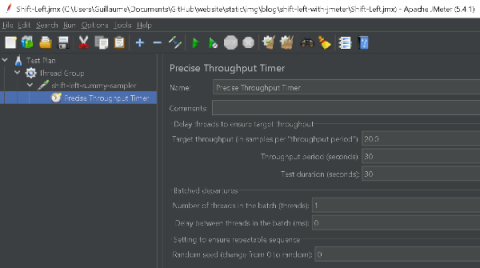Systems | Development | Analytics | API | Testing
Load Testing
Java library for your cloud-hosted tests with Loadero
Have you ever wondered, while manually creating tests in Loadero, that it would be nice to have some library that you can use to create tests programmatically? Sounds nice, isn’t it? Well, luckily, Loadero does have this option now. In this blog post I would like to introduce you to the recent creation of Loadero’s team — Loadero Java library.
A tester's overview of Grafana Labs open-source projects
How to run distributed load tests with k6 Operator (k6 Office Hours #21)
Load Testing SQL Databases with k6
This short tutorial shows how to run a k6 test for load testing a database. In performance testing, we often trigger load tests that simulate realistic user flows, particularly those that are most commonly seen in production. This type of acceptance testing usually interacts with various parts of our infrastructure: web servers, microservices, databases, etc. But what if you want to test the performance or scalability of an infrastructure resource in isolation?
Run JMeter test from GIT using Jenkins
You may have heard the term shift-left testing which is essentially moving the testing to an earlier stage in the project lifecycle, essentially the activity is moved to the left on the project timeline. The benefits of testing earlier have always been understood but not always happened when we consider performance testing which in some cases is still left until the very end of the delivery process.
Acquisition talk with CEOs Raj Dutt (Grafana) and Robin Gustafsson (k6) (k6 Office Hours #19)
k6 v0.33.0 released
It's once again the end of a release cycle for us here at k6, and this time we're happy to announce that k6 v0.33.0 is here! 🎉 The v0.33.0 release is a small one, mainly containing a bunch of minor bugfixes and enhancements, but is also laying the groundwork for some major new features like the upcoming k6/execution API in k6 v0.34.0. To read the full release notes, see the GitHub Release for v0.33.0.
Best Way to Load Test a Web Server
Web server load testing is a very well-known process in performance testing. By testing your web server, you can pinpoint performance bottlenecks and improve your server performance. But what is the best way to load test a server?











